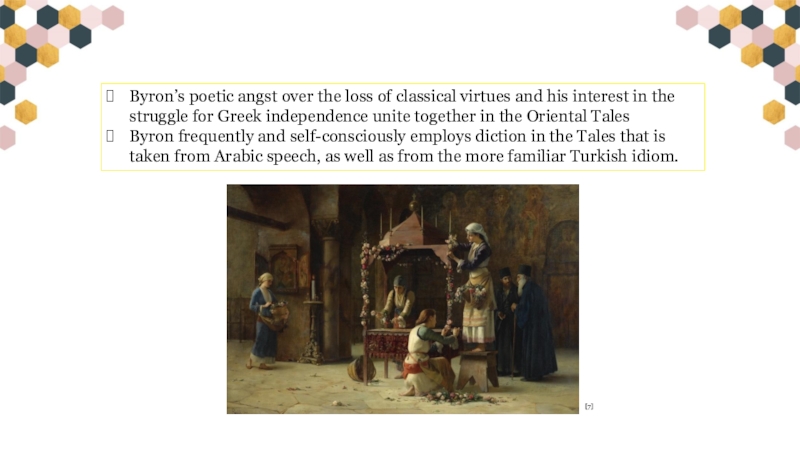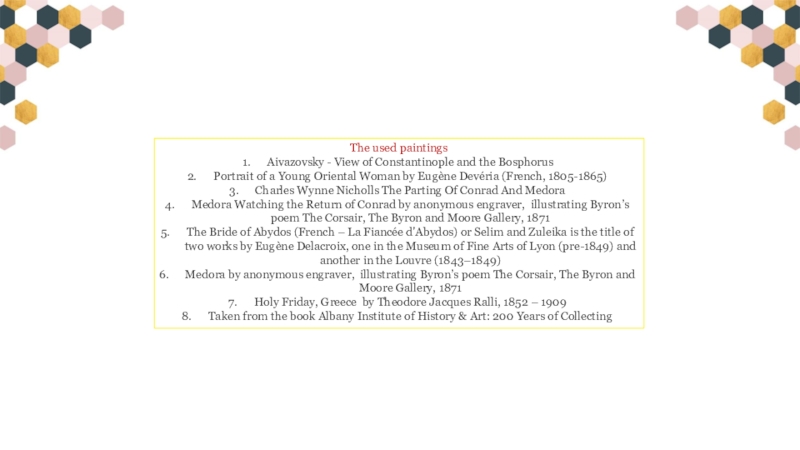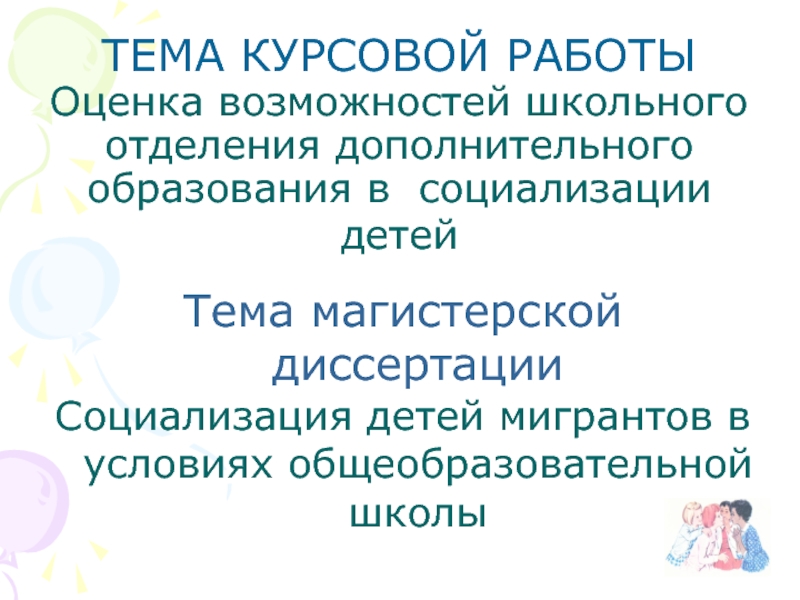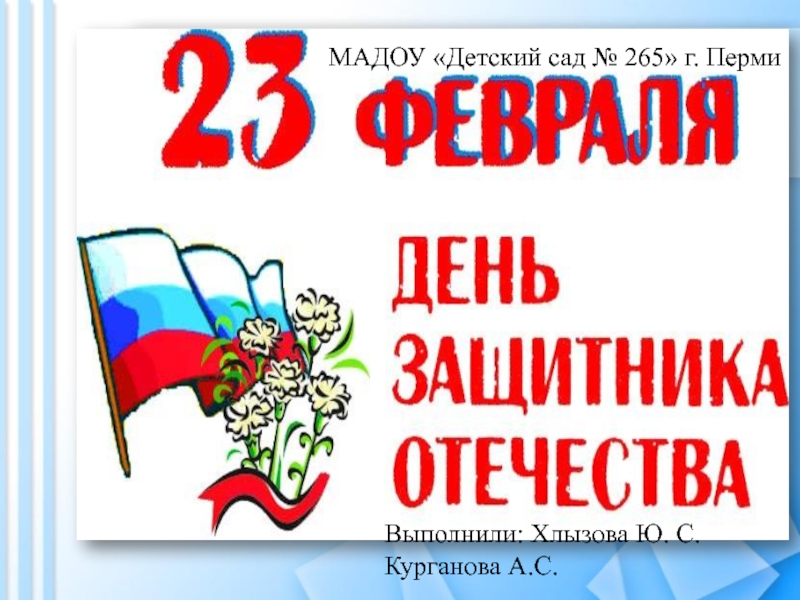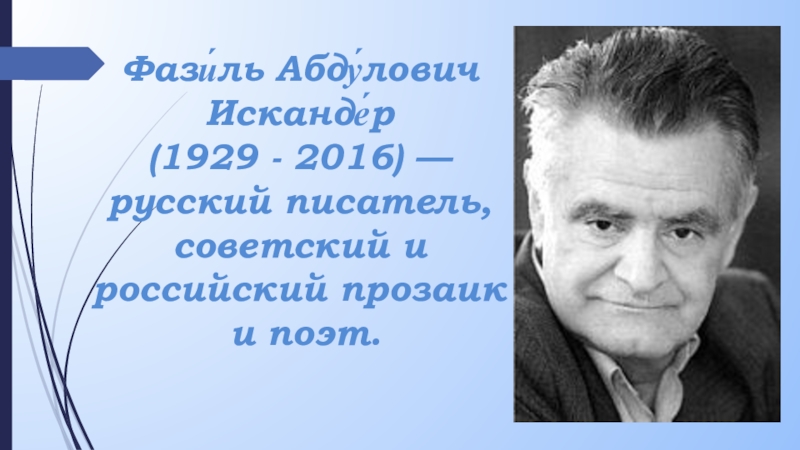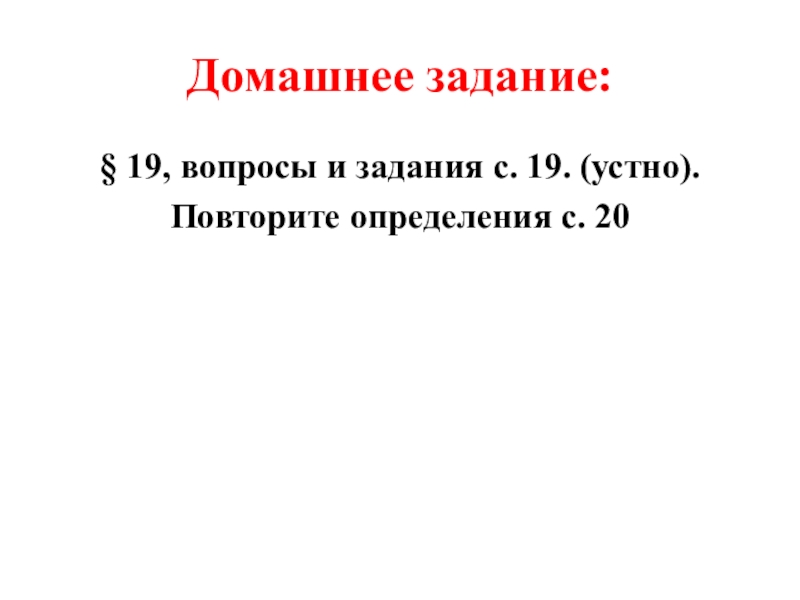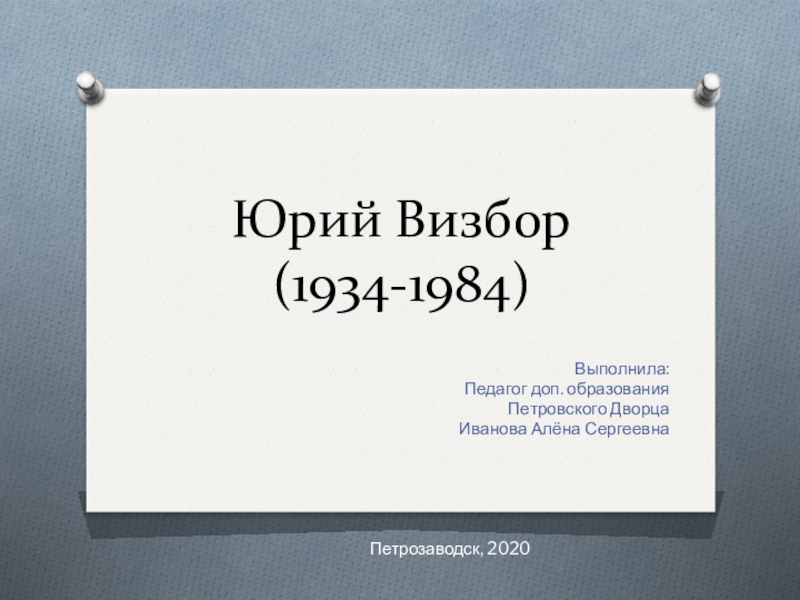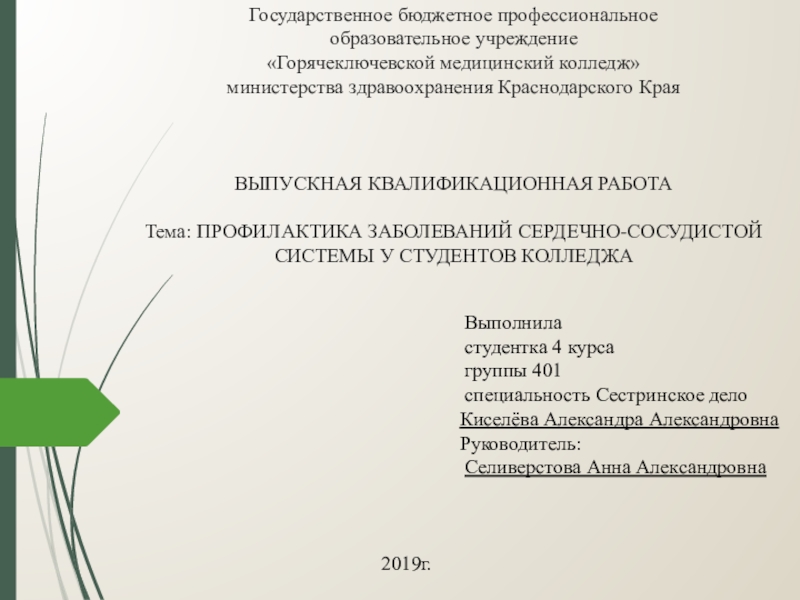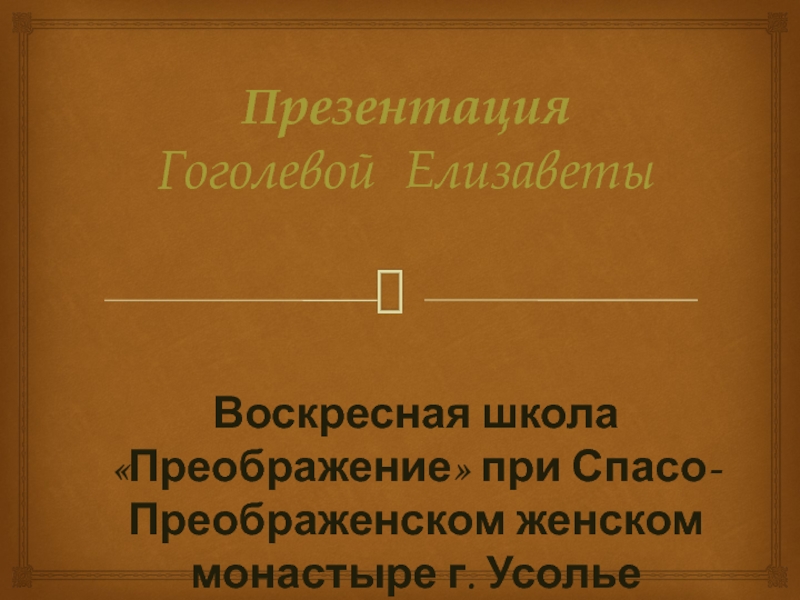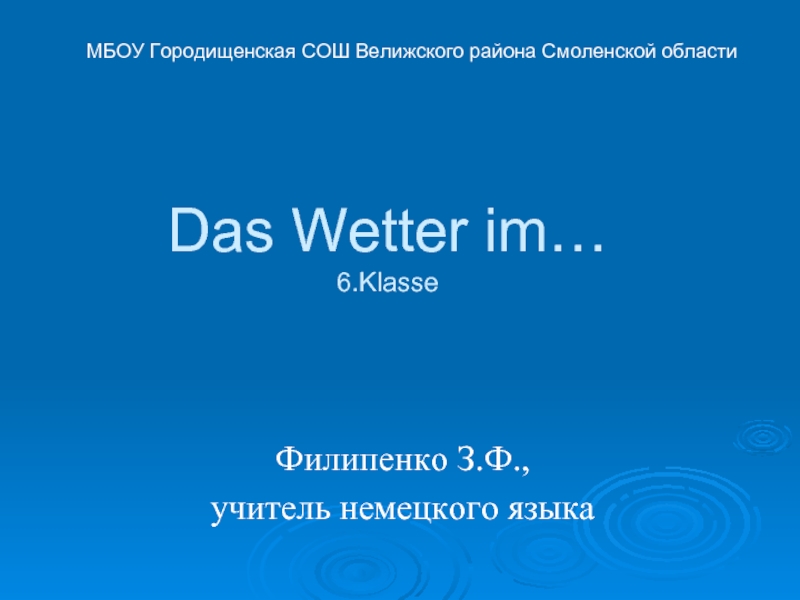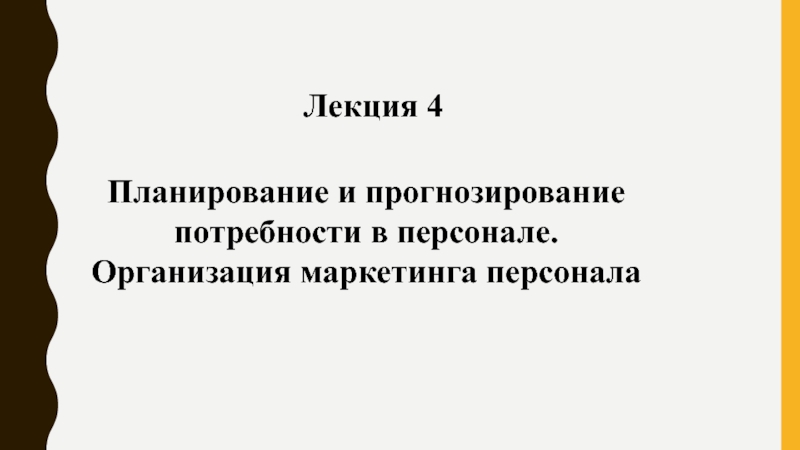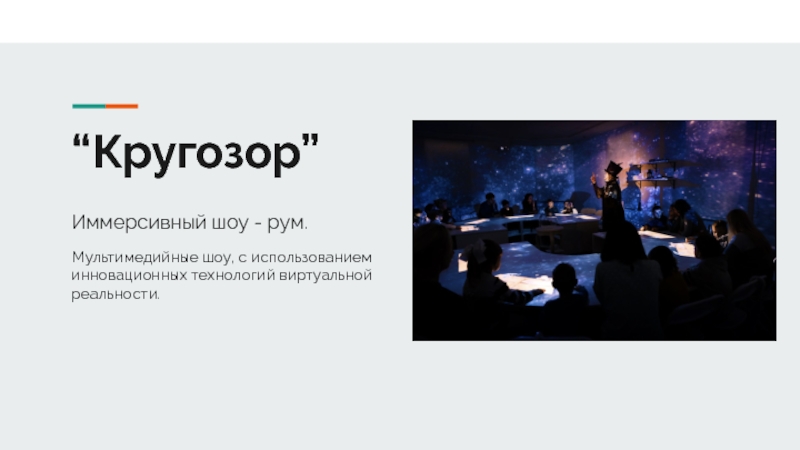with that of other “romantic” writers, because it was based
on experience. At first he probably used the books – particularly travel books written by people more experienced than himself – to get his own ideas about the Orient in context. But as he got more sophisticated he used them more as factual sources, to give his later verse, in ottava rima, the convincing detail which he could now see that his early poems lacked.
Byron travelled in Albania, Turkey and the Levant from September 1809 to April 1811.
Ottava rima - an Italian stanza form composed of eight 11-syllable lines, rhyming abababcc. It originated in the late 13th and early 14th centuries and was developed by Tuscan poets for religious verse and drama and in troubadour songs.



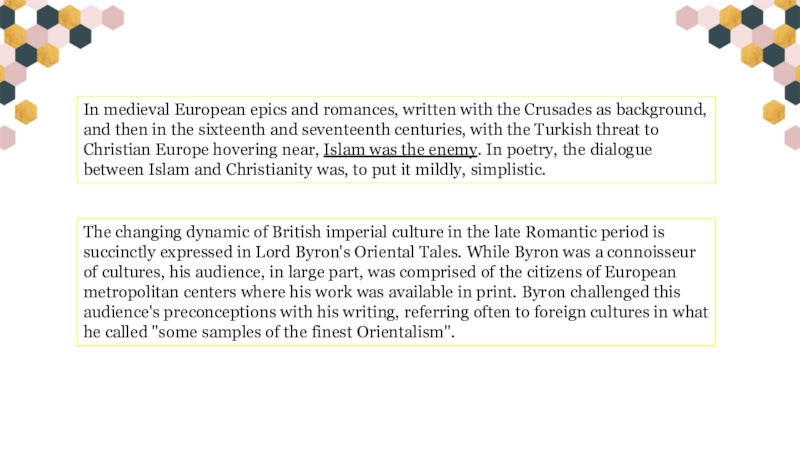
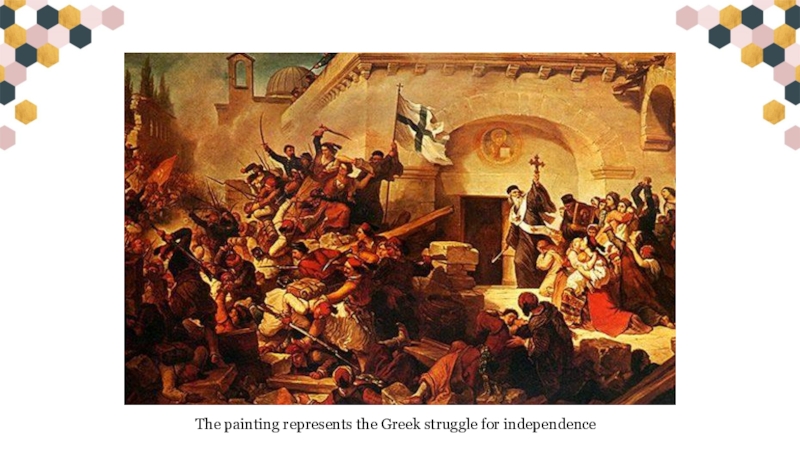



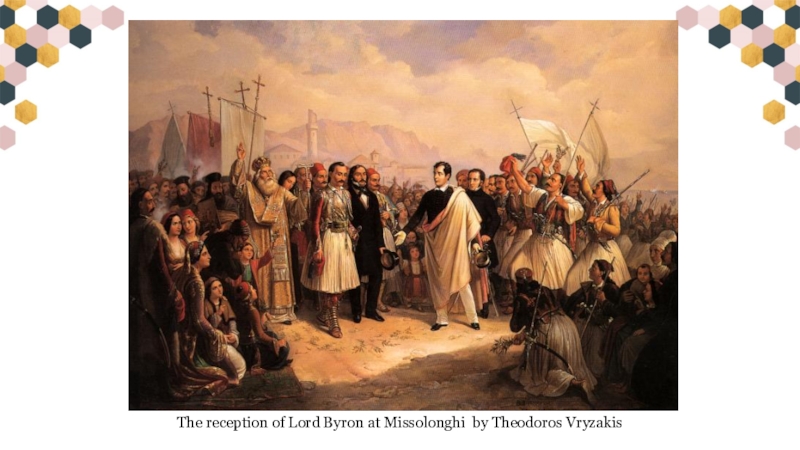


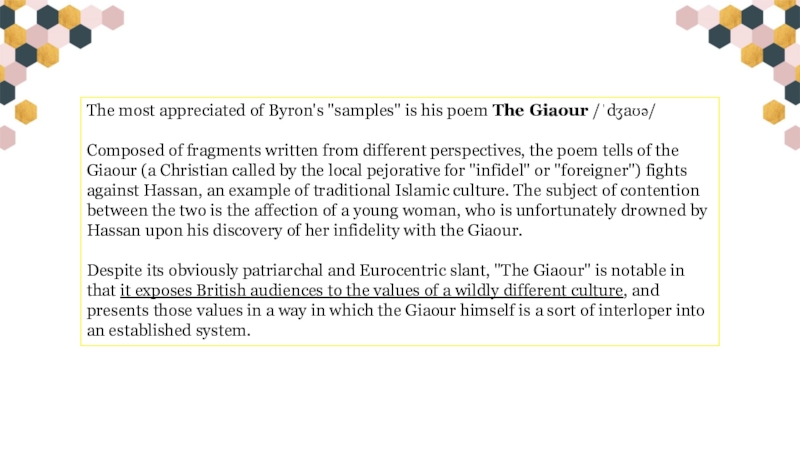

![Byron’s Oriental Tales The Corsair[3][4] The Corsair[3][4]](/img/tmb/6/591527/edaf2d90f603c45025f96ecc69e13bdd-800x.jpg)
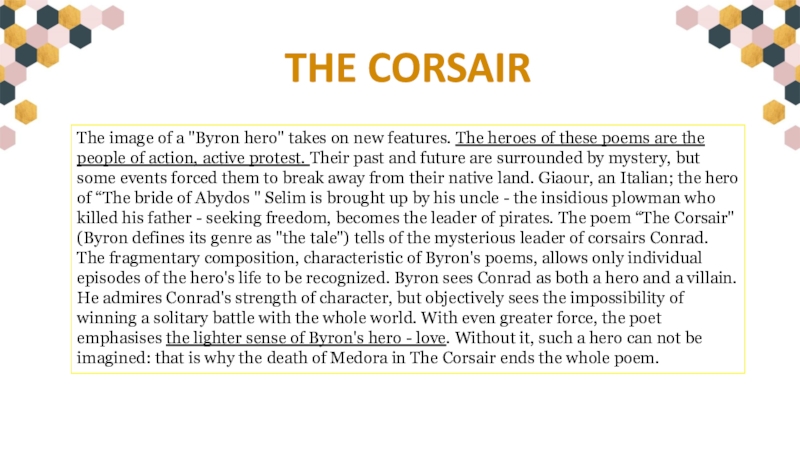

![Byron’s Oriental Tales The portraits of women inthe Oriental Tales[6] The portraits of women inthe Oriental Tales[6]](/img/tmb/6/591527/ef8ff3b70cb6bb14acfe91b035a96c73-800x.jpg)

